Popular on Food52
Continue After Advertisement
27 Comments
Bliss
August 24, 2014
Old hippie trick: Coat with oil the bottom of a cast iron pan that has a lid, and brown your brown rice, stirring gently, until the kitchen's filled with a heavenly fragrance. While browning the rice you can add chopped onions and peppers, for extra deliciousness. Then add twice as much water as you have rice, cover snugly, turn heat to lowest possible and don't peek for about a half hour. The result is an addictive nutty flavor.
SFJeff
August 20, 2014
Wow, that rice cooker looks like it's 30 years old. There are pretty amazing rice cookers ("suihanki" in Japanese) that cook all kinds of rice, have fuzzy logic built into their electronics, have induction heating for more even heat distribution, etc. Bottom-line conclusion, though, is still "Yes, you absolutely want a rice cooker." (Btw, the one I just described is the Zojirushi NP-HBC10 5-1/2-Cup model—just as good as the reviews on Amazon say it is....)
Holt K.
August 20, 2014
I use a 1 1/2:1 method for white with the half being some kind of broth or stock I have on hand.
cookease
October 10, 2012
A microwave oven does a quick job on rice too! 2 to 1 proportions of water to rice, in a COVERED casserole...a dollop of butter if you wish....use HIGH for 15-20 minutes depending on amount (use a large enough dish so it doesn't boil all over). Have found I greatly prefer the Koho Rose and the like of Japanese rice.
collcath
September 30, 2012
When I soak rice before cooking it (usually ~ 8 hours), I find that it needs quite a bit less water than the 2:1 or 2.25:1 recommended ratios. Unfortunately I haven't figured out exact quantities, so it's usually guess work and the result is often mushy and only occasionally spot-on. I've been hunting around for someone who can proscribe the exact ratio of water to soaked rice, but haven't found it yet. I believe it has to do with weight, and if you weigh your soaked rice you'll know exactly how much water to use, but again I don't have the answer.
Anyone, anyone?
Anyone, anyone?
Kenzi W.
September 30, 2012
8 hours is tough. You're soaking short of sprouting territory! Rice begins to sprout in between 12 and 24 hours (most people soak for at least 24), at which point it's recommended to cook the rice in fresh water with a 1 1/2:1 (water:rice) ratio. Also, the cooking time decreases by 1/3. If you're finding you have quite a bit too much water with a 2:1 ratio after soaking for 8 hours, you might try a 1 1/2:1 -- most of the bran is softened (and the water absorbed) in the first stages of sprouting, so it might work for you! Best of luck.
JohnSkye
September 30, 2012
what happened to the "risotto" method? i know it's used mostly as a noun, as in "shrimp risotto" or "mushroom risotto," but isn't "risotto" really a cooking method? e.g., i've made orzo risotto and barley risotto, using the same "cooking method" (i.e., adding stock a cup or so at a time, then stirring until it's absorbed before adding the next cup) used for making "risotto" from (short-grained) rice, such as arborio or valencia.
i've also made an oven baked "risotto" (prepared the same as the "oven" method in this article) and and a "no hands" version (same as "steamed" in the article), but i guess in those cases "risotto" may be being misused?
i've also made an oven baked "risotto" (prepared the same as the "oven" method in this article) and and a "no hands" version (same as "steamed" in the article), but i guess in those cases "risotto" may be being misused?
coing
September 19, 2012
Can anyone comment on the "pressure rice cooker" which is sold in Korean stores?
Apparently it is supposed to be an improvement on the regular rice cooker. I'm wondering if it can also be used as a pressure cooker for other foods.
Apparently it is supposed to be an improvement on the regular rice cooker. I'm wondering if it can also be used as a pressure cooker for other foods.
creamtea
September 19, 2012
I learned to make Brazilian garlicky rice pilaf from a babysitter, then tweaked it a bit: saute a couple cloves minced garlic in olive oil with a torn fresh bay leaf or two, add rice (I use brown) and saute until tweedy and opaque, add boiling water and a pinch of salt to a depth of about an inch or a finger joint above the rice, set timer for about 45 minutes, stir once or twice, boil uncovered until you begin to see the steam holes but still looks "soupy" (there is still a thin film of water over rice) then turn down to lowest flame, cover, and simmer until timer goes off. Fluff with a fork and put a paper towel under the lid until serving time.
luvcookbooks
September 19, 2012
I just discovered rice mixtures at the store. Made cholent and risotto with brown and wild rice mixtures!!
luvcookbooks
September 19, 2012
Puerto Rican cooks also prize the crusty bottom, can't remember what it's called. I usually use Basmati rice ratio of 1 cup rice to 1.5 cups water for two cups of dry rice. The ratio depends on the pan also. If I have to cook more than 2 cups in a pan that's different from my usual rice pan, I'm all thrown off. Japanese new crop rice only needs 1.25 cups to a cup of rice.
luvcookbooks
September 19, 2012
I just got a special pot and basket for steaming goi nep-- Vietnamese glutinous rice. It's an aluminum pot fitted with a cone shaped straw steamer. (so adorable) After soaking the rice at least several hours, bring water to the boil in the pot, put the straw steamer over the water (never let it touch the water or your rice will be cement like), pour the rice into the straw steamer and cover the top of the steamer with a clean dish towel. Steam for about half an hour. Fluff. This is the sticky rice that you can get in Vietnamese restaurants made in your own home!
Candace04
September 19, 2012
Aside from the Iranian variation, I was surprised not to see another single Middle Eastern variety. I cook long-grained rice after soaking & rinsing by frying it in a pot first with oil or butter, adding the drained rice and a bit more than equal parts water, letting it boil, then the lid goes on and steam does the rest of the work.
walkie74
September 19, 2012
OK, so am I a heretic for starting my rice in cold water and bringing it to a boil?
Melinmac
September 18, 2012
For perfect rice, there's no substitution for a rice cooker. How could so many Asians be wrong?
Melinmac
September 18, 2012
For perfect rice, there's no substitution for a rice cooker. How could so many Asians be wrong?
weshook
September 18, 2012
When we were kids, we would have turns cooking the rice. Washing and measuring. Tilt the pan and the water cut a particular chord across the circle of the pan. Unfortunately, I would tire of waiting for the rice to come to a boil so I could turn it down and would wander off with my book forgetting to return in time to keep the rice from burning.
Dennis M.
September 18, 2012
Long grain rice, wash with the swirl method, boil water, dump in rice, cook 12 minutes, drain. Presto, perfect rice.
Panfusine
September 18, 2012
Speaking of rice.. this was an article in Zesterdaily..
http://zesterdaily.com/world/indian-red-rice-revival-relies-on-organic-farmers/
http://zesterdaily.com/world/indian-red-rice-revival-relies-on-organic-farmers/
Lost_in_NYC
September 18, 2012
What about the pressure cooker method?!
Kenzi W.
September 18, 2012
We wanted to stick mostly with methods that you didn't require special equipment. The rice cooker, as Amanda Li will tell you, was simply unavoidable.
Panfusine
September 18, 2012
with the Pressure cooker there is a chance that the rice gets mushy.. Its great if you want a porridge like Kedgeree consistency..
The microwave is another great way to cook rice.. 20 minutes (1:3 proportion of rice to water (regular rice). or 1:2 for Basmati) a pinch of salt and melted butter/olive oil.
The microwave is another great way to cook rice.. 20 minutes (1:3 proportion of rice to water (regular rice). or 1:2 for Basmati) a pinch of salt and melted butter/olive oil.
Lost_in_NYC
September 18, 2012
@Kenzi, got it!
@Panfusine - the pressure cooker method actually makes perfectly fluffy rice if you know how to time and measure it properly. 15-20 minutes is actually all it takes. No fail method in any Indian household!
@Panfusine - the pressure cooker method actually makes perfectly fluffy rice if you know how to time and measure it properly. 15-20 minutes is actually all it takes. No fail method in any Indian household!
Panfusine
September 18, 2012
WEll, in the interest of full disclosure, I've been known to combine rice & dal in different pans in the Cooker.. it times beautifully with Mung, But mushes up while cooking tuvar!
Amanda L.
September 19, 2012
my weapon of choice: http://tiny.cc/nr6ukw it's $100 for a small rice cooker, but it's worth it.

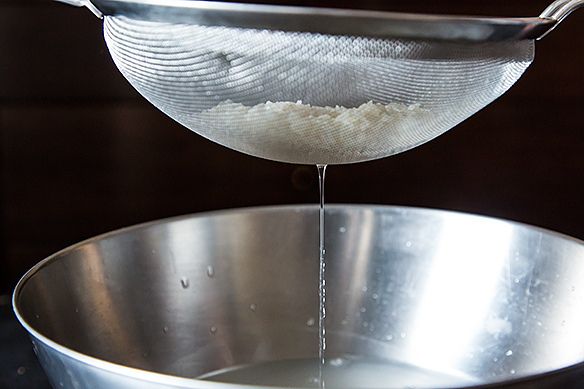
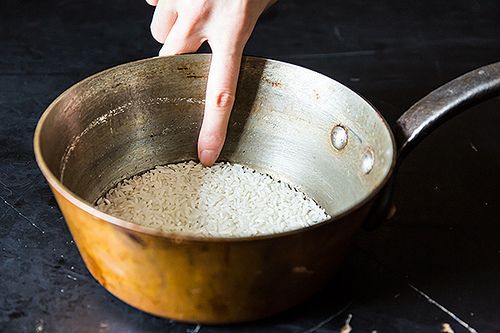

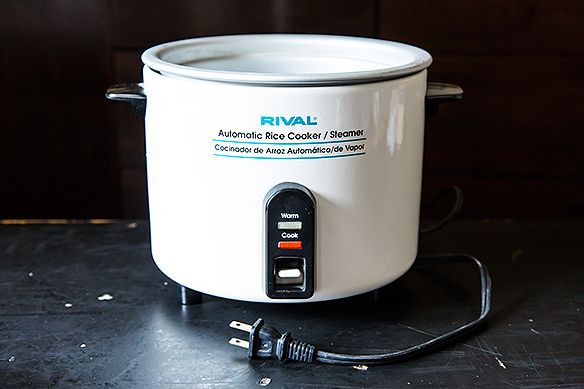
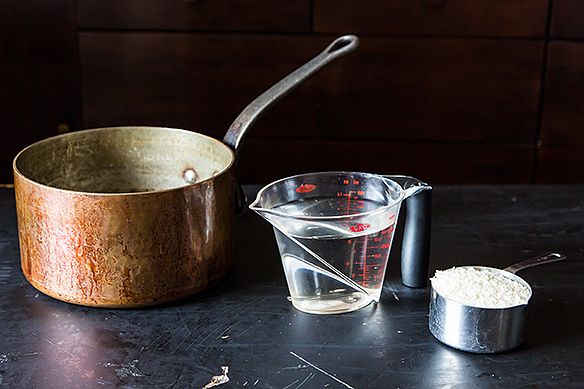
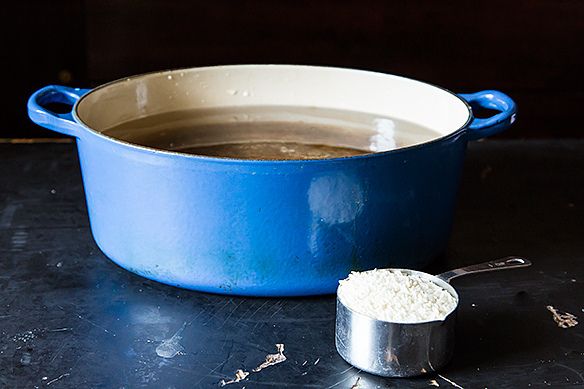
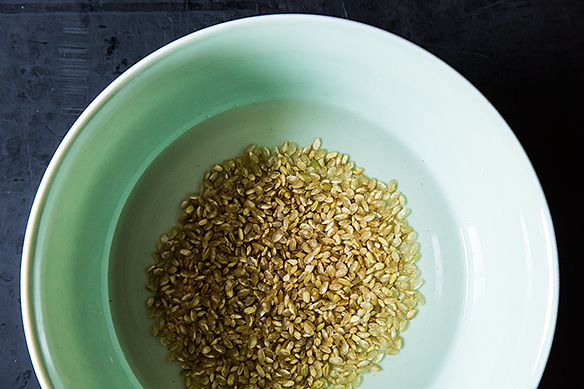
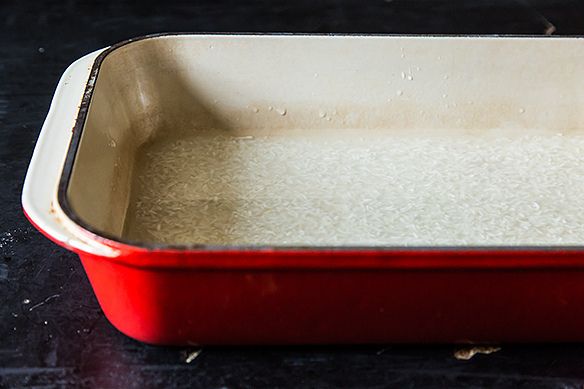
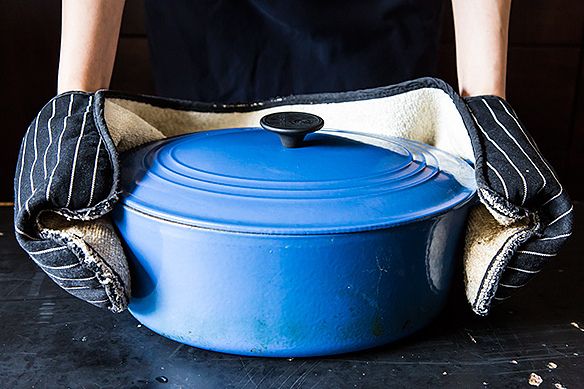

See what other Food52 readers are saying.